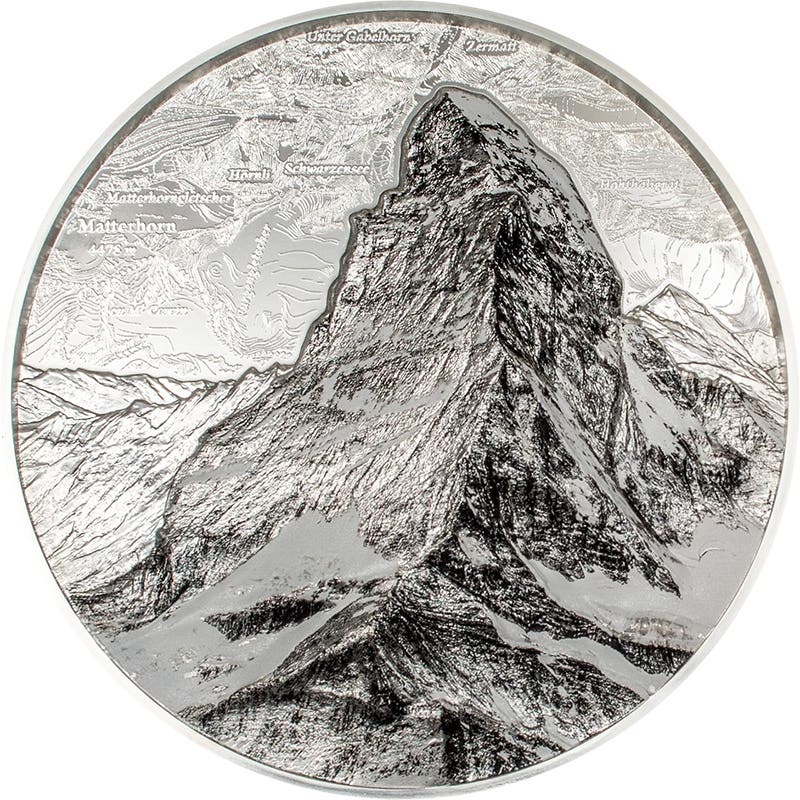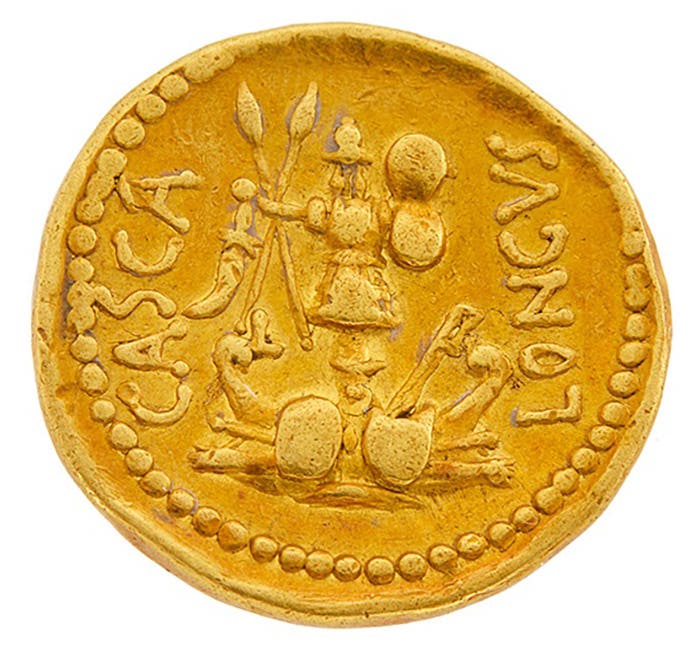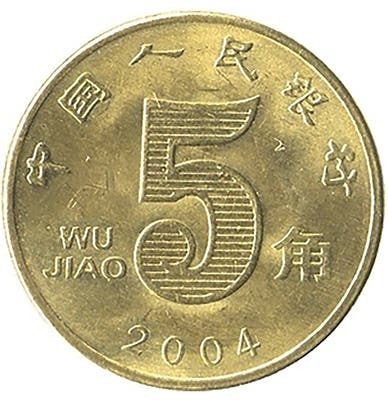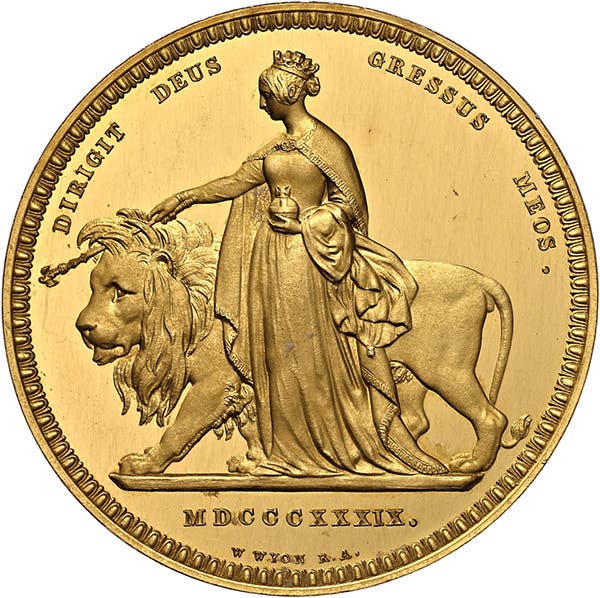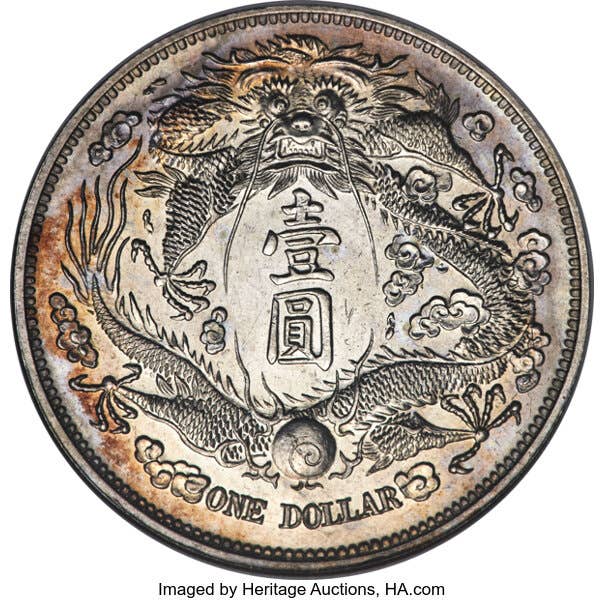First known Georgia $2 National surfaces
By Peter Huntoon It is huge news when a deuce is discovered from a previously unreported state. The Georgia $2 that graces this article was just consigned to Manifest Auctions…
By Peter Huntoon
It is huge news when a deuce is discovered from a previously unreported state.
The Georgia $2 that graces this article was just consigned to Manifest Auctions (www.manifestauctions.com) and will cross the block July 11.
The note came from a small north Georgia hoard.
Over the decades the list of states, territories and districts where deuces were issued but surviving specimens were unknown has been whittled down at a glacial pace. Before the prize shown here turned up, that list was down to five; specifically, Arkansas, District of Columbia, Georgia, South Carolina and Virginia. Now four remain.
Notice that all are from southern enclaves, humid locales where the climate simply ate paper money.
The entire Georgia $2 issue was:
Most of the $2s that were issued replaced earlier deuces that wore out, which makes for slim pickings. It is no wonder we haven’t seen one before.
The last deuces were issued prior to Jan. 1, 1879, the day that species payments were resumed by the U.S. Treasury following the Civil War. The Act of June 3, 1864, required that $1 and $2 National Bank Notes cease to be issued upon the resumption of specie payments, an event that was mandated to take place on Jan. 1, 1879 by the Act of Jan. 14, 1875.
The result was that all of the $1s and $2s came out early during the National Bank Note era, a factor that contributed to a very low survival rates.
The First National Bank of Newnan was organized July 27, 1871, and chartered Aug. 11. The officers decided to issue $1s and $2s at the outset.
The first printing of their 1-1-1-2 sheets, which included this note, was received at the Comptroller’s office on Sept. 9, 1871. It was in a shipment of 2,000 1-1-1-2 sheets bearing sheet serials C653732-C655731, 1-2000. This printing represented all of those notes that were produced for the bank.
The bankers also used the 5-5-5-5 and 10-10-10-20 Original Series combinations, but they required printings from only the 10-10-10-20 plate in the Series of 1875.
The outstanding circulation of the bank during the 1-1-1-2 era was:
The sharp cutback beginning in 1877 explains why printings from the Series of 1875 1-1-1-2 and 5-5-5-5 plate combinations were not needed.
William B. Berry, signer as president of the deuce, was the organizer of the bank. His father Andrew J. Berry was an early settler who built the first house in Newnan in 1828 and owned a large cotton plantation with numerous slaves. William emerged as a leading businessman and judge who served as president of The First National Bank from 1871 to 1893.
Cashier Lodowick. J. Hill, who served at the bank from 1871 through 1876, moved on to become the president of The Gate City National Bank of Atlanta when that bank was organized in 1879. He continued in that capacity until the bank was liquidated in 1893.
This discovery note has everything. It has a very pleasing appearance, especially so for a moderately circulated note. It is exceptionally well centered for a deuce and sports clear pen signatures. The note possesses no blemishes in the form of smears, stains or skinned paper typical of circulated notes of that vintage.
It will take its rightful place as the centerpiece of the collection it enters.
The gross statistics for the unreported deuces prior to this find were as follows.
Georgia, with the larger number, came in first just about as expected. However there are reported states and territories with smaller totals, some even smaller than Virginia, so there is hope for the remaining four.
Sources of information
http://files.usgwarchives.net/ga/coweta/bios/berrywb.txt (transcribed from Memoirs of Georgia, published by the Southern Historical Association in 1895).
http://thecowetacountymuseum.blogspot.com





